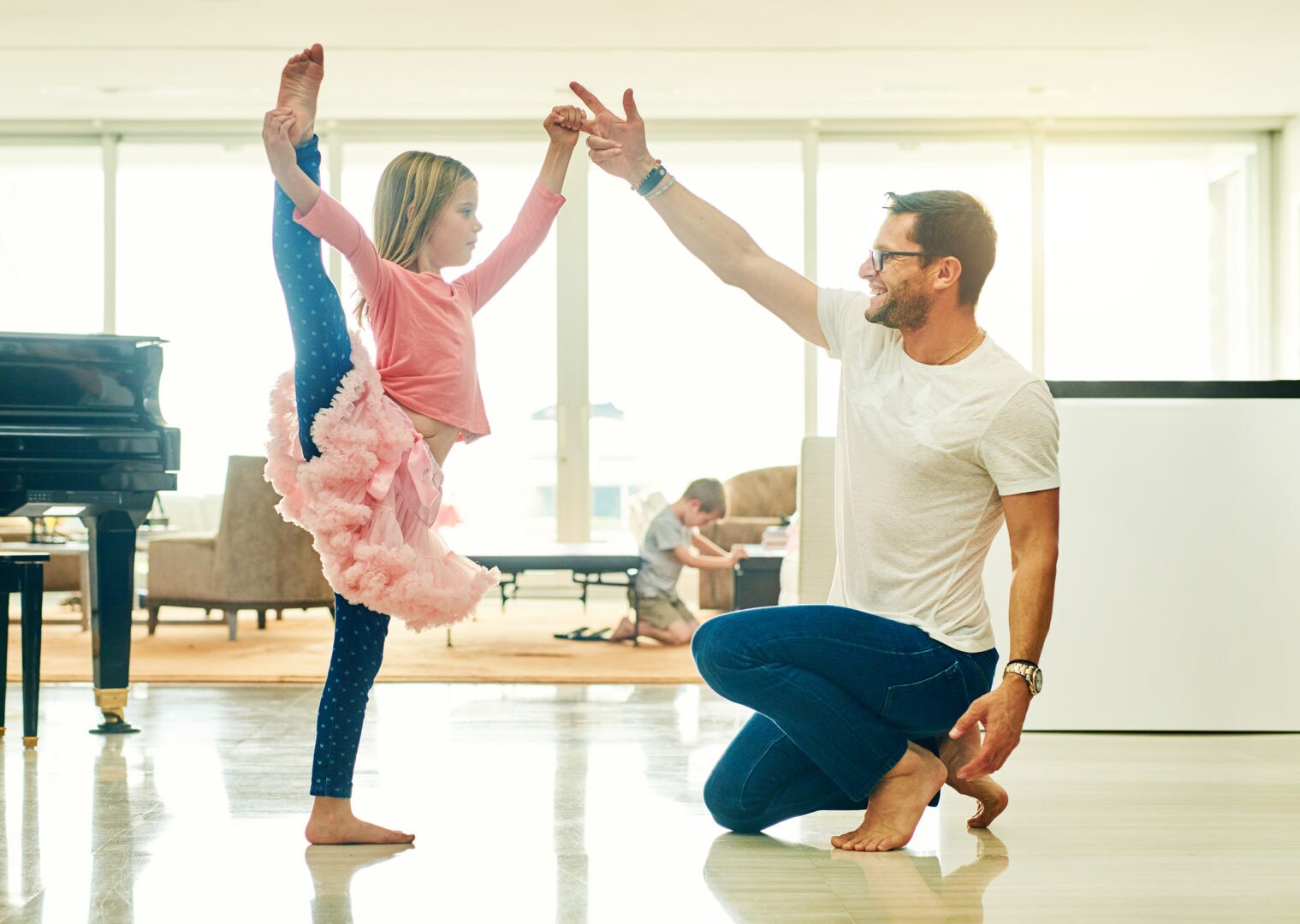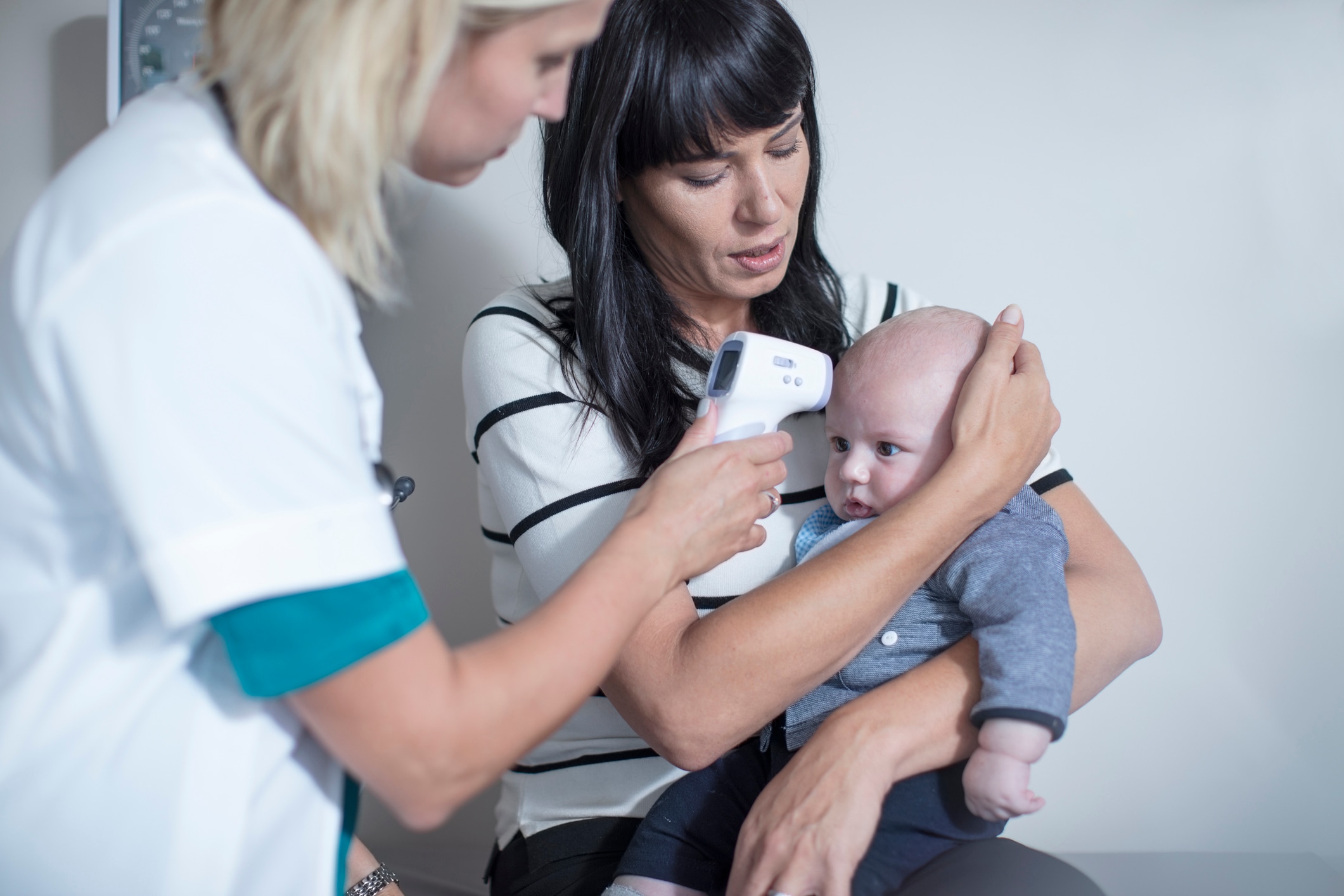From drive-by birthday parties to virtual learning, parents and children are finding ways to adapt to a new, socially distanced world. Individual school districts have had to make their own best possible decision on students returning to class online, in person or via a hybrid model, and many families have indefinitely hit pause on travel or social gatherings with friends. In short, everyone is continuing to live with lots of uncertainty. But it’s crucial for kids to feel like there’s more to look forward to than more question marks and “TBD”s.
“Research on children during and after disasters has shown that encouraging children to have a positive future orientation can buffer against possible trauma,” says Michael Ungar, a family therapist who holds his doctorate in social work and author of “Change Your World: The Science of Resilience and the True Path to Success.” “My own research, and that of many others, has shown that a parent or caregiver, like a grandparent or teacher, can change a child’s world to inspire them to be more hopeful about the future.”
Here, what Ungar and other experts recommend parents and caregivers do to acknowledge the uncertainty of the moment and help kids look to the horizon in order to stay positive.
1. Highlight positive news
Children can’t always make sense of world events, points out Ungar. For instance, following September 11, children mistakenly thought hundreds of planes were crashing into buildings as the same video footage was repeatedly shown on TV. For this reason, Ungar encourages parents to watch and explain some news to their children and point out hopeful signs. “Children do need to watch the news and get the facts,” he notes. “Even elementary school children can understand basic statistical trends if presented simply using words like ‘up’ and ‘down.’ Explain what numbers mean.”
Try to also point to stories about people doing good deeds for others, who are optimistic and who are optimistic about the future, which can inspire kids. Offering them a positive spin on what’s happening can help them understand the situation in a more holistic way, possibly even motivating them to create change. “It’s important for children to be inspired by people doing good deeds who are optimistic about the future,” says Ungar. “Now is the time to give children the message that this crisis is within our power to control, but it will take the good actions of everyone to do this. If we are optimistic about the future even at this point in time, so too will be our children. They can be a part of the solution.”
2. Take their age into consideration
A child’s cognitive abilities and ability to wrap their head around “the future” hinges on their age. For instance, a 6-year-old might not be as invested in a spring break trip to see their grandparents, as that feels too far out. But they can get excited about learning to ride their bike around the neighborhood next weekend.
“Teens can set longer-term goals,” says Ungar. But the trick with them is to turn their attention to a concrete action step. Better to get kids online researching hotels than to simply say, ‘In April, we’re going to Disneyland,’ notes Ungar who adds, “Actions give kids a sense that the future will happen.”
3. Promote stability and belief in oneself
Jenelle Wexler, a mom of two from McHenry, Illinois, believes in the importance of doing a daily “fun, learning activity,” like making recycled crayons or doing a science experiment, with her 4-year-old and 2-year-old. “It helps keep the days fun and positive, and they have something to look forward to each day,” she notes.
A predictable routine can be hugely comforting and stabilizing, which, in turn, lays the groundwork for a positive perspective. “A regular expectation of what will happen in a given day, built through repetition will give a child security,” says Jason Kahn who holds a doctorate in science education and serves as a researcher at Boston Children’s Hospital, an instructor at Harvard and co-founder and Chief Science Officer of Mightier. “My family has a list of things that need to happen on a ‘school day,’ and then, our kids have agency in what order they get done.”
That agency will bolster a child’s sense of self-confidence. “We know that when a child’s world gets turned upside down, feeling a sense of control over decisions that affect us individually gives us the feeling that life is still ours to shape,” says Ungar. “The trick is for us as parents to show our children that they are capable of controlling some parts of their own lives.” For instance, kids can choose which vegetable they’ll have with dinner or what they’ll wear while distance learning. This can go far to protect children against feeling helpless now and in the future, explains Ungar.
4. Plant a seed (figuratively, and maybe literally too)
Ungar suggests asking your child to envision changes they would like to see transpire once the pandemic ends. Maybe they would like to know how to play guitar or be prepared to try out for the soccer team. You can point out that anything they would like to accomplish can be achieved by making a plan and taking step-by-step action now.
Also consider spending time on an activity that innately requires a future for success, says Ungar. You can plant a seedling on your window sill or encourage your child to start a hobby that requires consistent work and growth to master it, like practicing basketball in order to make the team next year. “Any activity that requires time to complete will give a child a sense that there is a future,” says Ungar. “If the child says ‘Why bother,’ that is the cue for a parent or caregiver to step in and show the child that we believe there is a great future waiting.”
5. Involve kids in big plans and talk about traditions
You can help a child resist depression or worry with any activity that involves them in decision-making, says Ungar. This could look like researching and planning a future vacation you won’t book just yet or checking out a museum’s virtual tour to stoke a child’s appetite for visiting in person one day. Mom and elementary school teacher Lauren Tingley from Red Bluff, California says she and her kids, who are 7 and 10 years old, have created a post-quarantine bucket list. “Any time my kids ask to do something that I have to say no to or they say the words ‘I wish we could,’ I add that activity to our list,” she explains. “This process allows kids to feel heard and optimistic about the future.”
You can also discuss how you’ll uphold a particular tradition — like a family reunion or annual beach trip — once social distancing ends. “We sometimes overlook aspects of our culture and traditions that can help our children,” says Ungar. “Remember, it is annual celebrations, like the holidays and birthdays, that remind children life is carrying on as it should and that there’s hope for a better future.”
This has proven to be the case for Julie Ryan Evans, a mom of two from Orlando, Florida, whose 11-year-old is benefiting from drive-by birthday celebrations and virtual dance team practice. “The drive-by parties we have attended have been some of the best parties ever,” she says. “Tears and tears with each one. Also, my daughter still dances about 10+ hours a week with her dance team, and her teachers have come up with so many sweet ways to keep team bonding and excitement alive when all the competitions we have been training for have been canceled and postponed.”
6. Model optimism and planning
Ultimately, your attitude and perspective will color your child’s. “Children are watching the adults in their lives and taking their lead from us,” notes Ungar. “If we are planning for the future, they will be reassured.”





